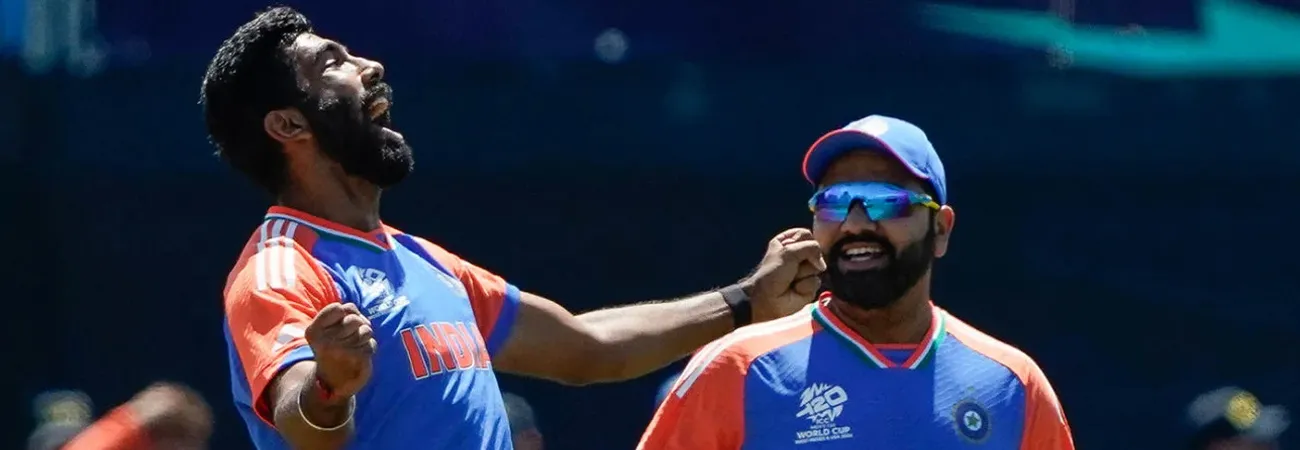i NEWS SPORTS
Falser words have hardly ever been spoken about low scores in T20s. If India, playing their third match at a particular ground, get bowled out for a low total, there's a high chance that particular ground is not conducive to a bigger score. There is a higher chance they might end up with a below-par total at a high-scoring venue than at a low-scoring one. So if the ball is seaming and bouncing unevenly, you don't really need to bowl them out. There are a few IPL captains in this India team. They have all been at either end of such low defences, albeit on a slow, turning tracks. The principle is the same: unlike in ODIs, T20s are a short enough period for you to be able to defend. In fact, it pays to not go searching and offering the opposition easy scoring opportunities in the process. T20 is a highly-strung game. It doesn't react well to high variance in conditions. You cannot score much higher than a run a ball if the ball does as much as it has done on Long Island.
If you try to, you take a big risk. Rohit Sharma has been part of four successful defences of low totals (between 129 and 149) in IPL finals alone, one as a player for Deccan Chargers and three as Mumbai Indians captain. Only one of these wins came through early wickets; in the other three, Rohit's team hung in for long enough. All that experience came into use in defending 119 against Pakistan. Rohit didn't want to burn through Jasprit Bumrah's overs looking for wickets. Even when Pakistan had partnerships going for the second and the third wicket, he didn't become desperate for wickets. He just wanted to stay in the game long enough. Strike bowler and captain: the experience of Jasprit Bumrah and Rohit Sharma combined, India vs Pakistan, T20 World Cup 2024, New York, June 9, 2024 Strike bowler and captain: the experience of Jasprit Bumrah and Rohit Sharma combined•AFP On such pitches and outfields, you can set fields relatively easily. Even though the ball seamed less for India, it did enough to keep the other bowlers in it. When the opposition are 72 for 2 chasing 120, it is easy to make it a final roll of the dice and bring back your No. 1 bowler too early.
Rohit didn't. Perhaps on a flatter pitch, he might need to. "Even when there is help, you can be desperate, and you can try to go fuller and try to pull that magic delivery," Bumrah said. "I tried not to do that but when we came, the swing and seam had reduced. So, we had to be accurate because if we go for magic deliveries and try to be too desperate, run-making becomes easy and they know the target. So, we had to be very mindful of not overdoing it and, yes, add up pressure, use the big boundaries, try to use things to our advantage. That is what we were doing. So, in that we created pressure and everybody got wickets." India were helped in part by some docile batting from Pakistan. Take the 16th over, for example. This was going to be the last over of spin, and they had a left-hand batter on strike with a small leg-side boundary facing a left-arm spinner. Imad Wasim even had the wind going for him. Axar Patel bowled wide first ball, fully expecting Imad to shuffle across and try to hit to leg. Imad, though, tried only the late-cut and the cut, which could get him only singles on this outfield. If connected, that is. Axar bowled that over for just two runs, leaving Pakistan 35 to get in four overs.
Credit: Independent News Pakistan









